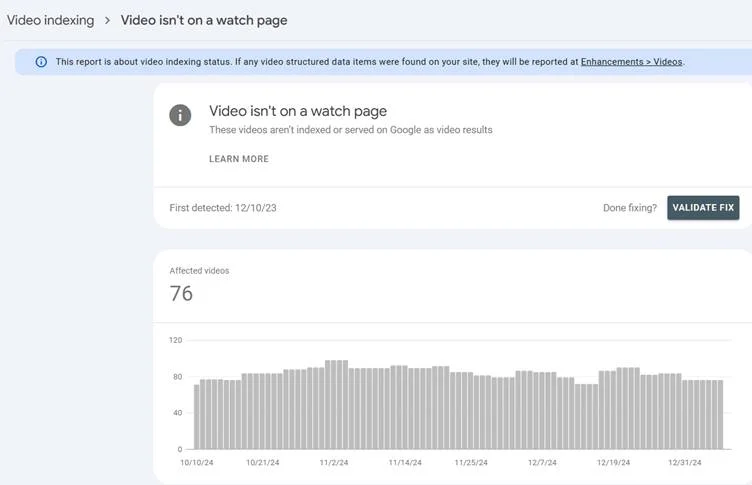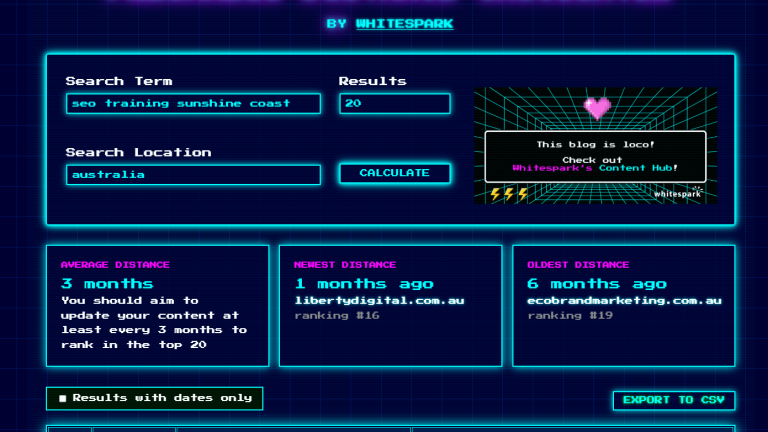An excellent Image Analysis tool:
https://webspeedtest.cloudinary.com
For small businesses, website performance plays a crucial role in user experience, search engine rankings, and ultimately, business success. One aspect that is often overlooked is image optimisation. In an age where visuals are essential for engagement, unoptimised images can significantly hinder website performance. Optimising images can enhance page load speed, improve SEO, and create a better user experience, all of which contribute to the growth of your business.
Why Image Optimisation Matters
- Page Load Speed
Image-heavy websites often suffer from slow load times, which can deter users. Studies show that a delay of even a few seconds in page loading can result in users abandoning a site. For small businesses, where every visitor is a potential customer, optimising images can make the difference between securing or losing a sale. - SEO Benefits
Search engines like Google reward fast-loading websites with better rankings. Unoptimised images increase page load times, which negatively impacts SEO. By reducing the size of images without sacrificing quality, small businesses can improve their chances of ranking higher in search results. Additionally, proper image optimisation includes adding alt text and descriptive filenames, which can boost SEO even further. - Better User Experience
A fast website enhances the overall user experience. Visitors are more likely to stay on a site that loads quickly, navigate easily, and enjoy high-quality images that are displayed properly. On the other hand, large, unoptimised images may appear pixelated or take too long to load, frustrating users. Image resizing and using the right formats ensure that visuals appear sharp and load efficiently.
Key Aspects of Image Optimisation
- Choosing the Right File Format
Selecting the appropriate file format is essential for maintaining image quality while reducing file size. Common formats include:- PNG: Ideal for graphics with fewer colours and transparency. However, PNGs can be large in size, as shown in the SmallBiz Toolbox example, where a PNG image of 1.3 MB can be reduced to a mere 9.6 KB by converting it to a WEBP format—a 99.3% reduction.
- JPEG: Best for photographs, but consider converting to newer formats like JPEG 2000 or WEBP for better compression.
- WEBP: A modern format offering superior compression, making it ideal for web use. It often reduces file sizes by over 90%.
- AVIF: The most efficient format available, providing the smallest file size without compromising quality.
- Resizing Images
Images should be resized to match their display dimensions. Loading a high-resolution image only for it to be scaled down on the browser wastes bandwidth and increases load time. For example, a 1080×1080 image displayed at 401×401 is significantly larger than needed. Resizing the image to the correct display size can save considerable bandwidth. - Compression Techniques
Compressing images reduces file size while maintaining visual quality. Lossless compression retains the original image quality, while lossy compression discards some image data for greater file size reduction. Small businesses should leverage lossy formats like WEBP or AVIF for non-critical images, where some quality loss is acceptable. - Image Metadata Removal
Images often contain metadata like camera settings, geolocation, and other unnecessary information. Removing metadata can reduce file size without affecting the visual appearance of the image.
For small businesses, image optimisation is more than just a technical task—it is a vital strategy to improve user experience, SEO rankings, and site performance. By choosing the right formats, resizing images appropriately, and compressing them, small businesses can ensure their websites load faster and rank higher, driving greater success online.
How useful was this Resource?
Click on a star to rate it!
Average rating 0 / 5. Vote count: 0
No votes so far! Be the first to rate this post.
We are sorry that this post was not useful for you!
Let us improve this Resource!
Tell us how we can improve this Resource?








